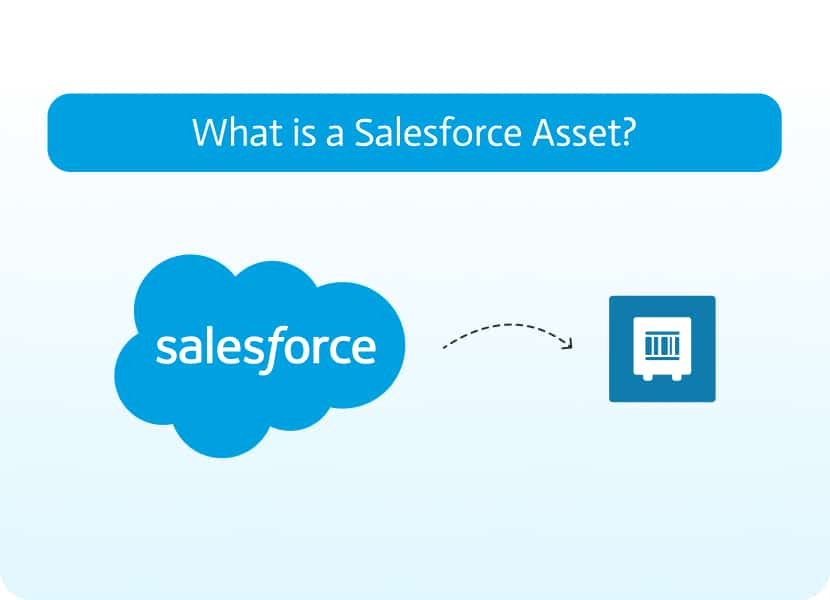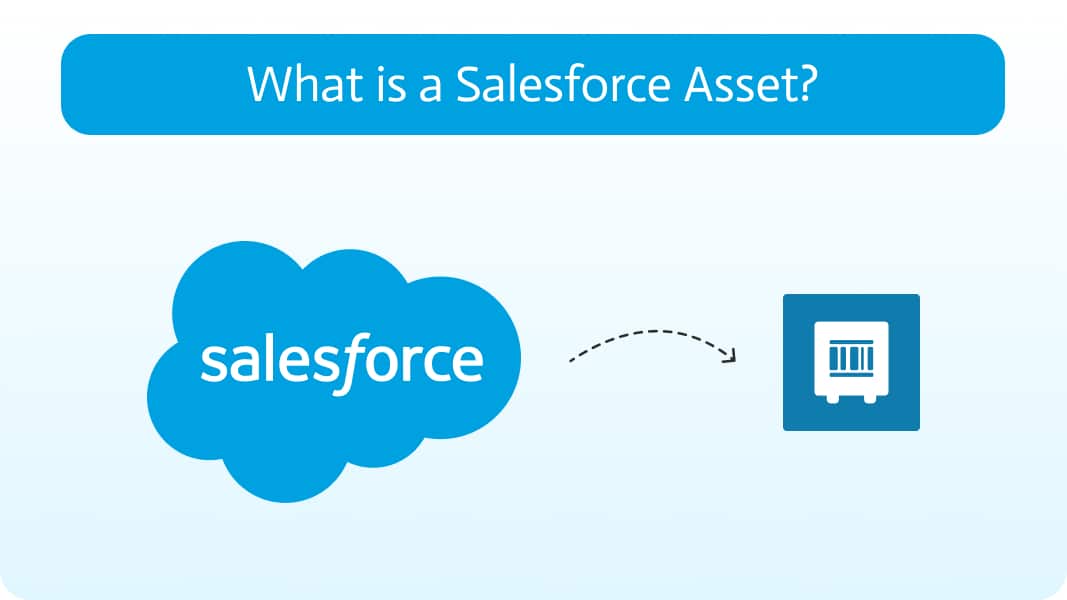

What is a Salesforce Asset?
A Salesforce Asset represents a product that a company has sold or deployed to a customer. It can be linked to Accounts, Contacts, Cases, and Products, allowing businesses to maintain a structured record of customer-owned items.
Assets are crucial for tracking warranties, service agreements, and product performance. They help businesses maintain visibility into which customers own which products and their current status.
Key Features of the Asset Object
- Product Ownership Tracking
The Asset object allows businesses to track which customers own which products, making it easier to manage customer relationships and support. - Warranty & Maintenance Management
Assets can store details like warranty start and end dates, maintenance schedules, and service level agreements (SLAs). - Association with Accounts & Contacts
Each asset is linked to an Account (business or customer) and can also be associated with a specific Contact who manages the product. - Integration with Cases for Support
When customers report issues, their Assets can be linked to Cases, ensuring that support teams have full visibility into the product’s history. - Product Hierarchies
Assets support hierarchical relationships, meaning businesses can define parent-child relationships between products (e.g., a laptop as the parent and its battery as a child asset). - Customization & Additional Fields
Salesforce allows custom fields to be added to the Asset object, enabling businesses to track additional details such as serial numbers, installation dates, and contract terms.
Associated Objects
The Asset object interacts with various other Salesforce objects, enhancing its functionality:
- Account: Associates the asset with a customer or business.
- Contact: Links the asset to a specific person responsible for it.
- Case: Tracks issues related to the asset for support purposes.
- Product2: Represents the product model or type that the asset belongs to.
- Entitlement: Links assets with support or warranty entitlements.
Usage Considerations
- Permissions & Access Control
Users need specific permissions to view, create, or modify Assets. Businesses can set visibility restrictions to ensure only relevant teams access asset data. - API & Integration
The Asset object is accessible via Salesforce APIs, allowing external systems to retrieve asset information, update records, or sync data for better inventory management. - Reporting & Analytics
Assets can be used in Reports and Dashboards to analyze product performance, warranty expirations, and support trends.
Conclusion
The Salesforce Asset object provides businesses with a structured way to track customer-owned products, manage warranties, and improve service operations. By integrating assets with accounts, cases, and products, companies gain complete visibility into product lifecycles and can offer better customer support.
Whether it’s tracking maintenance schedules, automating warranty renewals, or managing service contracts, Salesforce Assets ensure businesses maintain strong customer relationships while optimizing product management.

